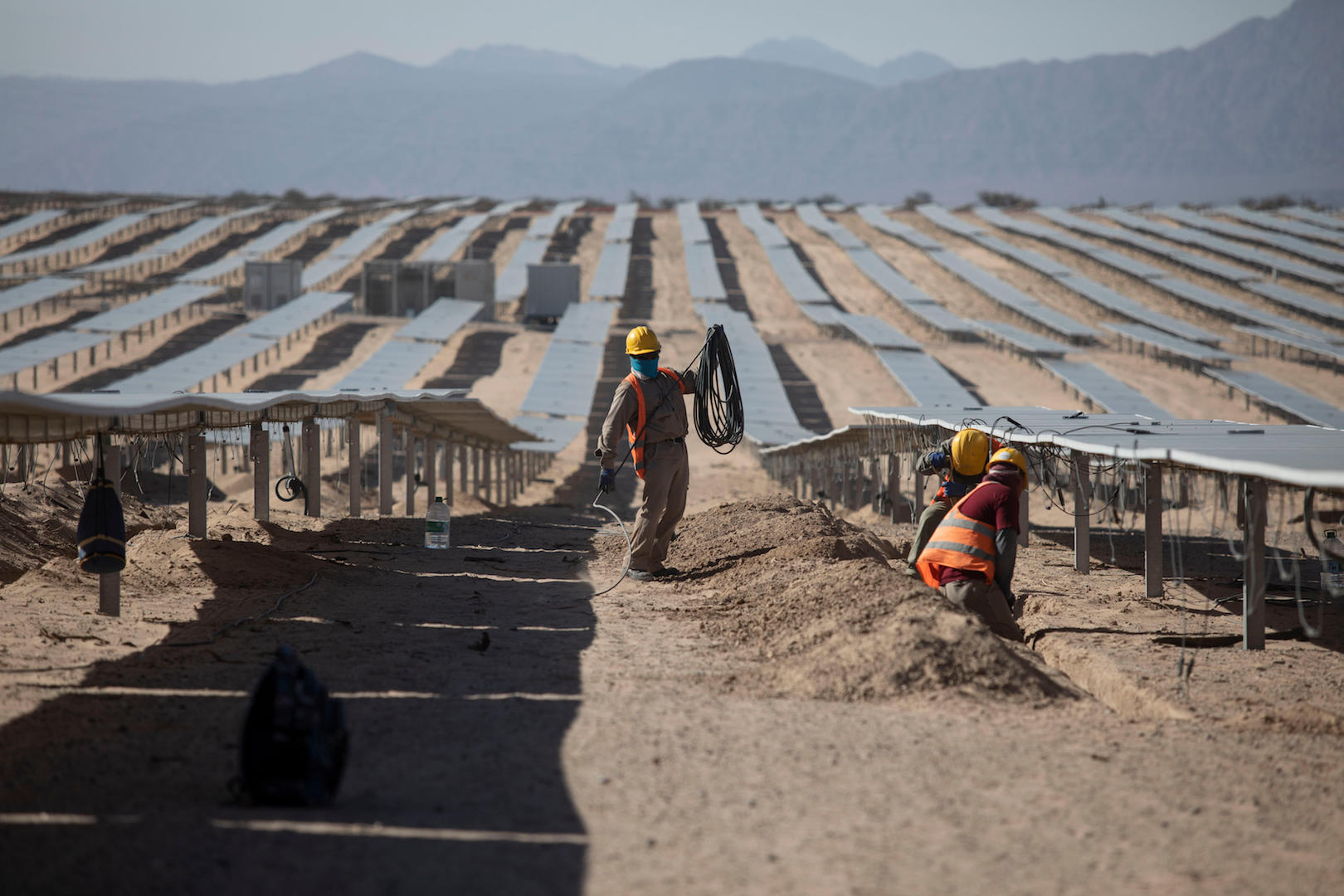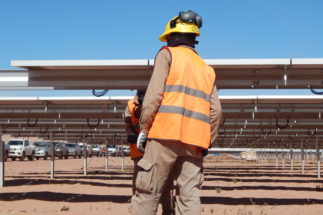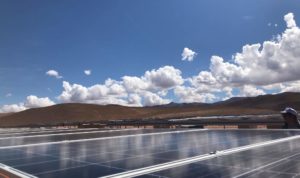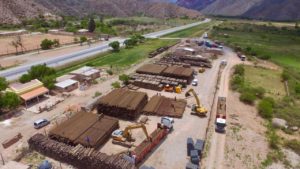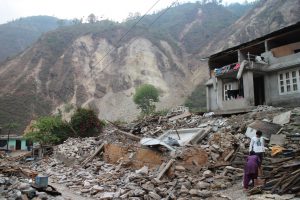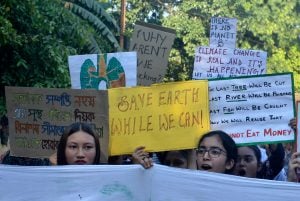Stabilising global temperature rises to below 2°C and as close to 1.5°C as possible is the 2015 Paris Agreement’s goal and requires reaching net zero greenhouse gas emissions by 2050. Doing so, a process known as decarbonisation, means greatly reducing man-made emissions.
Can Argentina be among the countries that will help the world achieve this? And, if so, by following which pathways? A recent report by the Fundación Ambiente y Recursos Naturales (FARN), the Universidad Nacional del Centro de la Provincia de Buenos Aires (UNICEN), NGO Fundación Vida Silvestre Argentina and researcher Roque Pedace sought to provide answers.
Given the current global health crisis, Argentina recently announced a decision to postpone presentation of its long-term strategy to reach carbon neutrality until 2021. However, sooner rather than later, the government will have to make critical decisions about its emissions and the future development it wants for the country.
Pathways to carbon neutrality
The report entitled “Elements for achieving carbon neutrality by 2050” models three possible emissions scenarios and explores what should be considered as part of the country’s urgent Long Term Decarbonisation Strategy (LTS) at the national level.
All scenarios proposed by UNICEN lead Argentina to carbon neutrality by 2050. In other words, Argentina can not only achieve this fundamental objective, but has several ways of using policies and technologies to get there, such as electrification, increased use of hydrogen and biofuels.
Most possibilities are linked to the energy sector, which today is responsible for 53% of national emissions. In fact, Fundación Vida Silvestre’s research argues that, in a world consuming increasing amounts of energy, existing policies that only consider supply lack vision.
long-term planning is essential to give direction and purpose to the type of development the country desires
A sustainable energy policy must balance supply and demand. The encouragement of rational and efficient energy use in policies would allow the provision of services at a lower cost, with smaller investments and lower environmental impacts, while also making the widescale rollout of renewable energies viable.
Independent researcher Roque Pedace highlights in the document the importance of considering in an LTS the diversification of technologies and territorial ordering at the national level that allows simultaneous improvements in food and energy sovereignty.
To persist with the current model based on fossil fuels, which today represent more than 80% of the energy matrix, may result in ‘stranded assets’ in Argentina. That’s to say, the investments made today may not return enough money in the future because they have become obsolete, putting their profitability at risk.
37%
the share of Argentina's ghg emissions from the agriculture, livestock, forestry and land use sector
With regard to the agriculture, livestock, forestry and land use sector, which at 37% is the second largest source of emissions in Argentina, according to the latest inventory, FARN has urgently called for a change of paradigm in the predominant industrial model in Argentina.
Agroecology is the alternative. It is a system that allows emissions mitigation, increases the resilience of agroecosystems and improves their sustainability. It takes a holistic approach that seeks to achieve biophysical, socio-cultural and economic benefits.
FARN also stresses the need to adopt mitigation measures that guarantee the integrity of natural ecosystems while generating co-benefits for biodiversity, local communities and climate change adaptation. In other words, reducing emissions has to consider the protection of ecosystems. We cannot address the climate emergency without addressing the biodiversity crisis.
María Julia Tramutola, also from FARN, argues that climate change impacts women in an unequal way. Consequently, actions to reduce emissions in the long term do not necessarily guarantee increased employability for women.
That is why any long-term decarbonisation strategy in Argentina needs to be thought, designed and implemented with a gender perspective so as to guarantee a future that is not only free of carbon but also fairer.
Climate planning
In short, long-term planning is essential to give direction and purpose to the type of development the country desires. In our view, this development must be in line with the Paris Agreement and must never lose sight of social issues or the environmental integrity of ecosystems.
Faced with the current pandemic, the discussion is more urgent than ever. It must take place now, while the country is planning its economic recovery. All fossil fuel pathways lead to the same trap: they lock us into carbon-intensive economies.
We are sure that Argentina has all it needs to shift the paradigm. The question is: Will we choose the right route?
